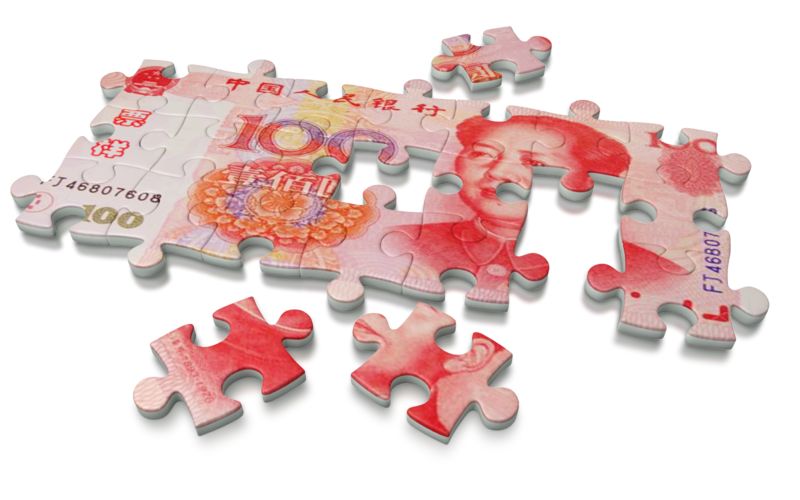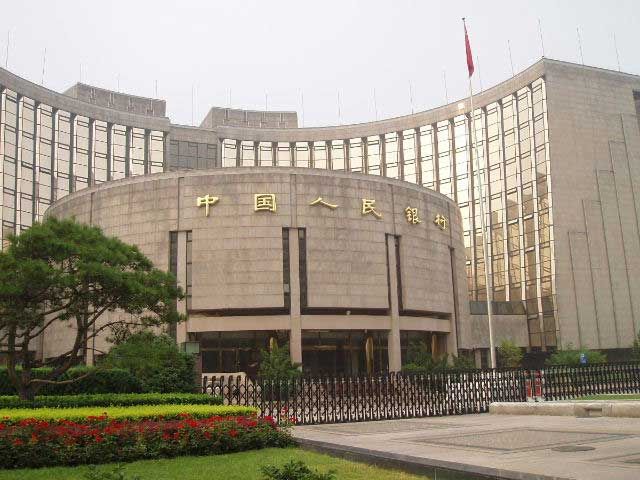First Corporate Bankruptcy in China & How the Central Bank is Addressing the Problem
The the first debt bankruptcy of a major corporation in China has now taken place here on schedule in 2018. This first bankruptcy of a major corporation was due to over-indebtedness which occurred in the current year. The South China Morning Post reported that coal company Wintime Energy has been forced to cease operations after failing to repay a central government bond. The company had recently accumulated a debt of 72.2 billion yuan (about US$10.8 billion). The company’s debt had quadrupled over the past five years.
This failure is attributed to difficulties at Wintime Energy with respect to a change in corporate governance strategy that was announced by the central government in Beijing back in 2016. Since then, the authorities have been trying to prevent excessive borrowing by the corporations fearing a debt crisis was building. As a direct result, the previous excessive lending in the shadow banking market came to a virtual standstill. Previously, the government had actively encouraged companies to raise fresh capital by issuing corporate bonds. The Chinese bond market doubled in size within a few years going into 2016. Today, there is about $12 trillion US dollars outstanding, which makes Chinese corporate debt the third largest bond market in the world. This certainly casts a cloud over all the forecasts that have claimed the death of the dollar and the rise of the yuan.
With the encouragement of the government to sure-up capital, a massive borrowing process became increasingly out of control without the management skills necessary to understand that there is such a thing as a business cycle. Additionally, the buyers of corporate debt lacked information and experience with debt. There was precious little credit analysis experience in China, which is still maturing, and local rating agencies also did not have the competence to understand debt and currency fluctuations particularly when debt is issued in dollars. Consequently, many fear that there was virtually no due diligence until the government allowed bankruptcy for the first time in 2014 and many see this as a parallel for the crisis in bad debts held by Italian banks that also lacked proper analysis of their books.
China’s economic growth has been exploding led by corporate expansion and debt accumulation. This is the concern over the next two years and how the economic engine of China can experience its first real recession moving into the bottom of the Economic Confidence Model in 2020. The Central Bank has been injecting liquidity into the markets on a large scale. The government is thereby injecting cash, but this will still need to be repaid in one year at about 3.3% interest rate. The Central Bank is dealing with the issue directly unlike that central banks in the West who indirectly attempted the stimulus through banks just hoping they would lend out the funds, which they did not. Medium-term notes were first offered directly by the Central Bank to the country’s companies and commercial banks back in 2014. The collateral used is securities pledged by the borrowers.
I have pointed out that this is the PROPER way to manage a central bank. The Federal Reserve was originally set up to “stimulate” through buying corporate paper DIRECTLY. That structure was altered by Congress whereby the Fed was directed to buy US government debt exclusively. Therefore, the Fed bought US government bonds hoping the money would find its way into the economy. That effort failed. The Central Bank of China is actually managing the crisis in the proper manner and this will not prevent the downturn, but it will moderate the damage.


